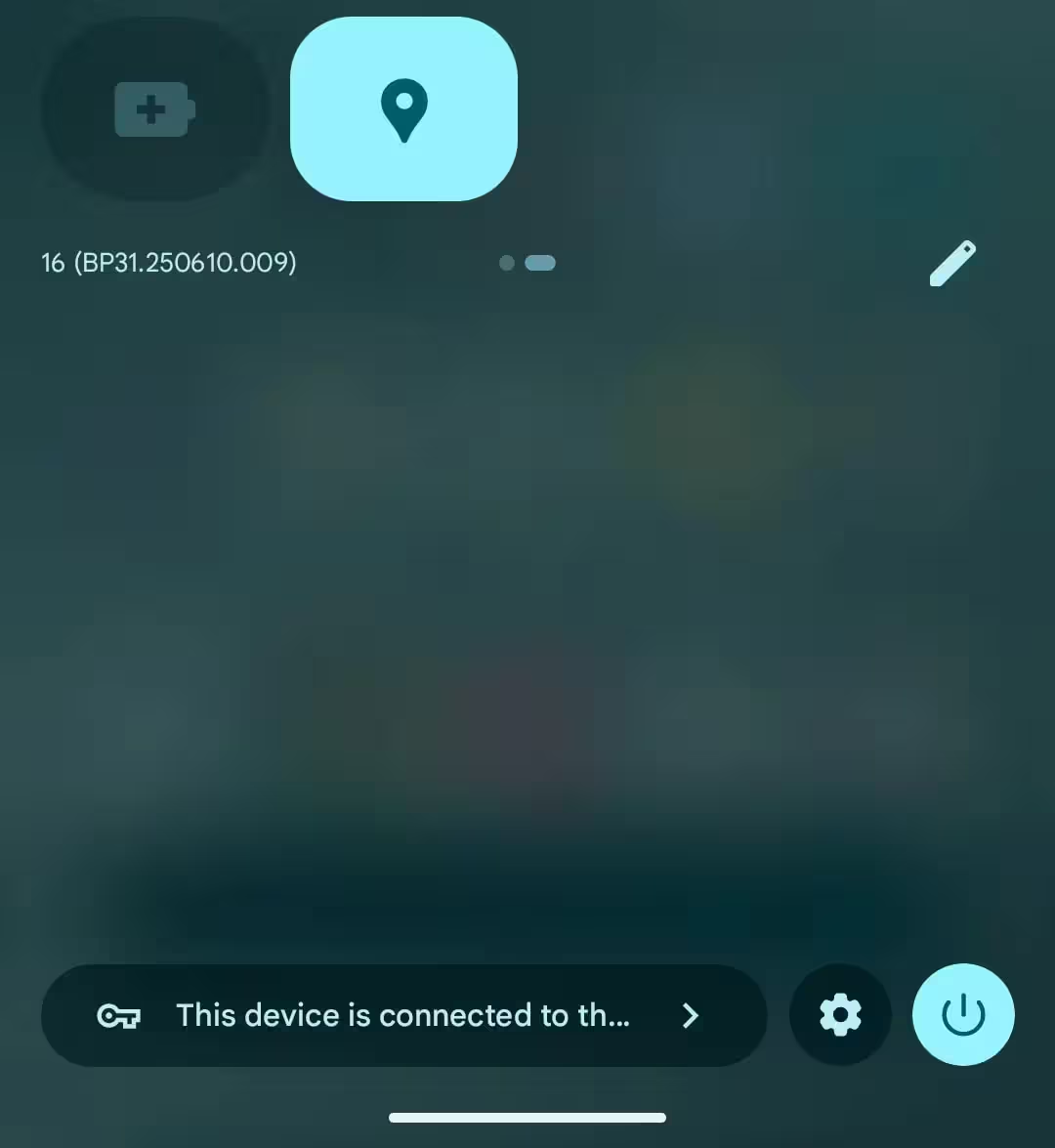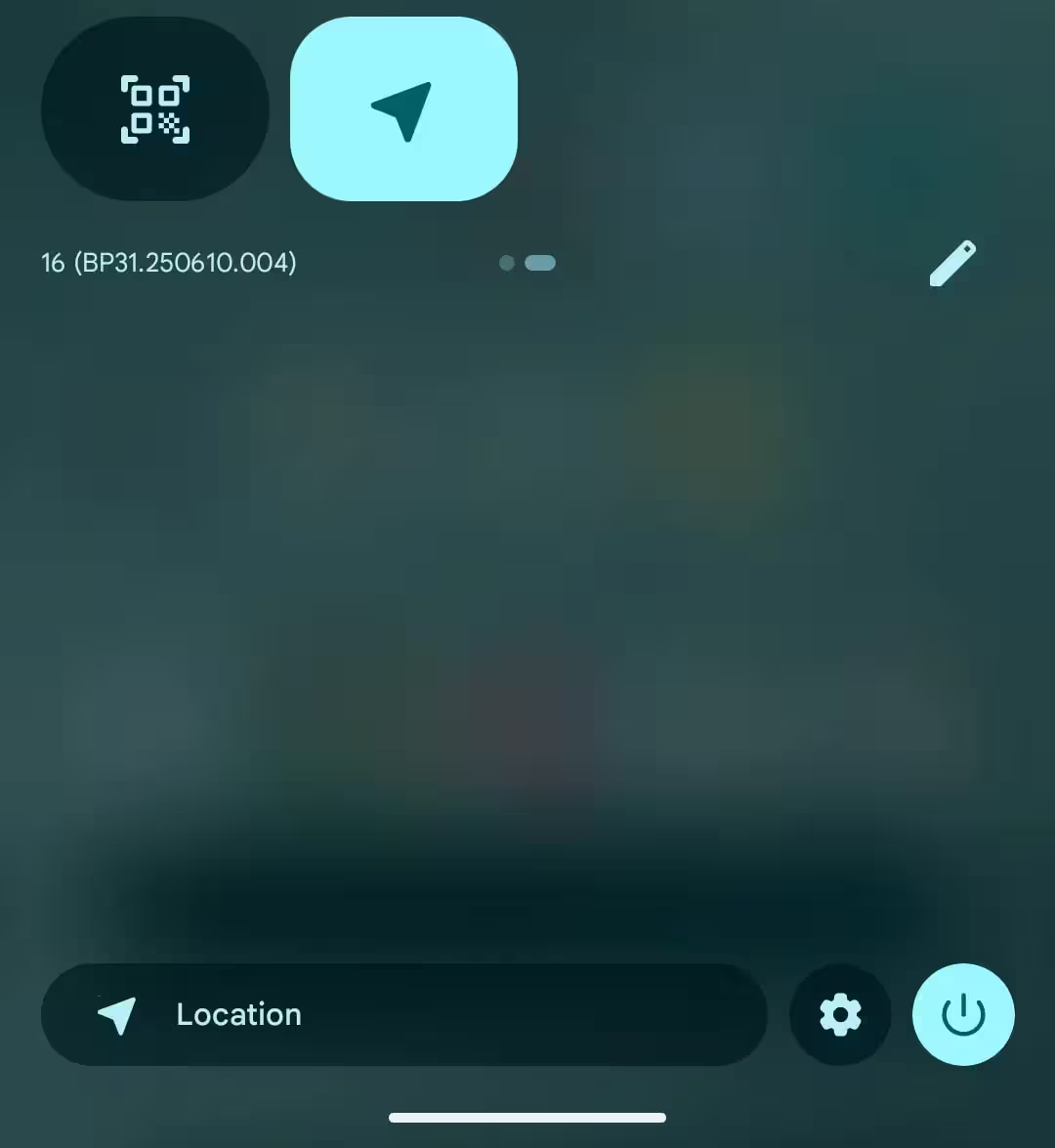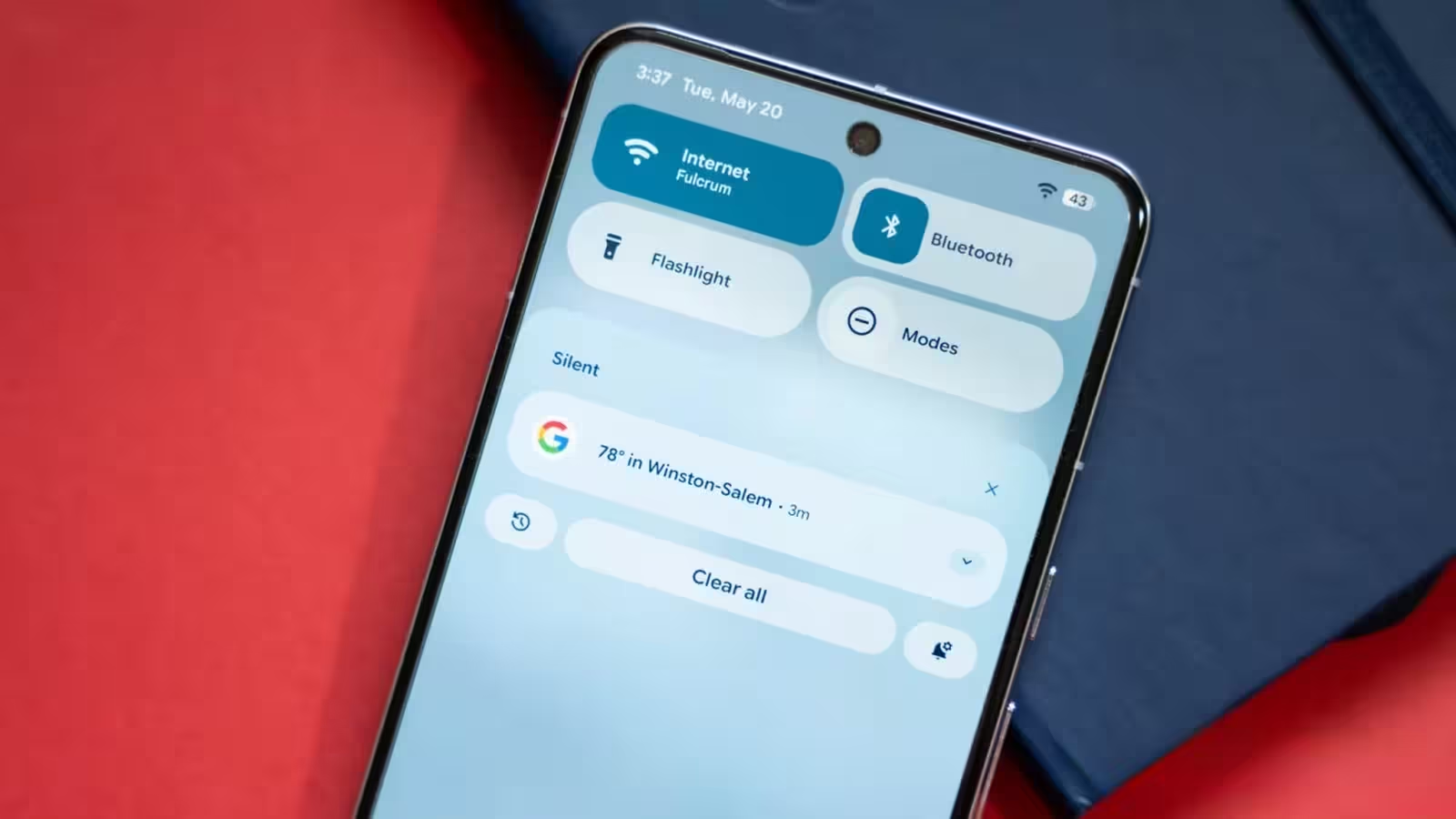6 Minutes
Overview
Android 16 QPR1 Beta 3.1 arrives as what looks to be the final beta before the public rollout for existing Pixel devices, likely scheduled for early September. The update is primarily a stability and polish release: it restores the familiar Location pin in Quick Settings and bundles roughly two dozen bug fixes while retaining the July 2025 security patch level.
What changed: Quick Settings and the Location tile
One small but visible UI decision stands out. Android 16 and earlier used a map-pin style icon for the Location Quick Settings tile and the matching status bar indicator, an icon clearly inspired by popular mapping apps. Early QPR1 betas experimented with a cursor-like arrow for the Quick Settings tile, creating an inconsistent visual language because the status bar kept showing the pin.
With Beta 3.1 Google has standardized the look again, reverting the Quick Settings tile back to the classic pin. This change improves visual consistency across the system UI and reduces confusion for end users. Beyond this cosmetic tweak the release focuses on reliability improvements rather than new features.
Major bug fixes and system stability improvements
Android 16 QPR1 Beta 3.1 addresses a wide range of issues across connectivity, sensors, UI, and media subsystems. Below is a summarized breakdown of the most impactful fixes and why they matter for Pixel owners and other Android enthusiasts.
Connectivity and networking
Multiple fixes target Wi-Fi-related instability and unexpected reboots by refining how network statistics are processed. Bluetooth stability has also been improved by resolving errors tied to an unimplemented packet type, reducing crashes and pairing failures.
Sensors and low-power components
The Context Hub, a low-power sensor hub used for on-device contextual computing, had been prone to memory exhaustion and crashes. Beta 3.1 optimizes memory allocation and closes leaks to prevent device instability triggered by the hub.


Home screen, notifications, and UI consistency
Users reporting a missing bottom row of pinned apps or a vanished search bar should see those elements return reliably after screen transitions thanks to layout adjustments. Notification layout and dismissal animations were refined to stop overlapping and growing gaps in the notification shade. The Quick Settings layout for unfolded foldables was fixed to eliminate clipping caused by double-counting the camera cutout, and the status bar alignment within the shade was corrected for visual parity.
Media, calls, and audio
Lock-screen media controls that would disappear or become unresponsive are addressed, and media notification clipping during rotation has been fixed. Importantly, a regression that could mute audio when upgrading a voice call to a video call is resolved by stabilizing audio routing during call type transitions. Other media-related fixes reduce crashes when devices are connected for media transfer.
System reliability
Beta 3.1 tackles several causes of random reboots, crashes during over-the-air updates, and transient hangs related to the camera Ambient Light Sensor. The ALS read is now non-blocking to avoid unlock-time freezes. Other fixes prevent typing from stopping due to race conditions, correct widget loading errors caused by outdated file lookups, and eliminate brief screen flicker when launching apps from the notification shade.
Features, advantages, and comparisons
Feature-wise this release is not about adding new capabilities but about tightening the platform. The advantages are clear: better battery and performance predictability on devices using the Context Hub, fewer mid-call and media-related interruptions, improved UX consistency in Quick Settings, and more reliable behavior on foldable devices. Compared with earlier QPR1 betas, this build prioritizes polish and parity, reverting experimental UI changes where they reduced clarity.
Use cases and audience
This update is most relevant for Pixel users enrolled in the beta program, developers testing apps against Android 16 behavior, and IT admins managing device fleets who require stable connectivity and predictable UI behavior. Improvements to audio routing, notification rendering, and sensor stability are especially valuable for users who rely on their phones for calls, media consumption, and always-on contextual features.
Market relevance and release timeline
Given the scope of fixes and the retention of the July 2025 security level, Beta 3.1 reads like a final stabilization milestone. If all goes according to plan, Google will likely roll out the consumer QPR1 release in early September for supported Pixel models. The update underlines Google’s ongoing efforts to refine Android 16 across a complex matrix of devices, including foldables, and to deliver a stable platform for both consumers and enterprise deployments.
Conclusion
Android 16 QPR1 Beta 3.1 is a maintenance-focused release that restores a familiar Location icon in Quick Settings and ships a broad set of fixes targeting Wi-Fi, sensors, UI rendering, media, and call reliability. For Pixel owners and developers, it represents improved stability ahead of the expected public rollout. Keep an eye on official release notes when the final build arrives, but for now Beta 3.1 delivers the polish many early adopters have been waiting for.
Source: 9to5google


Leave a Comment